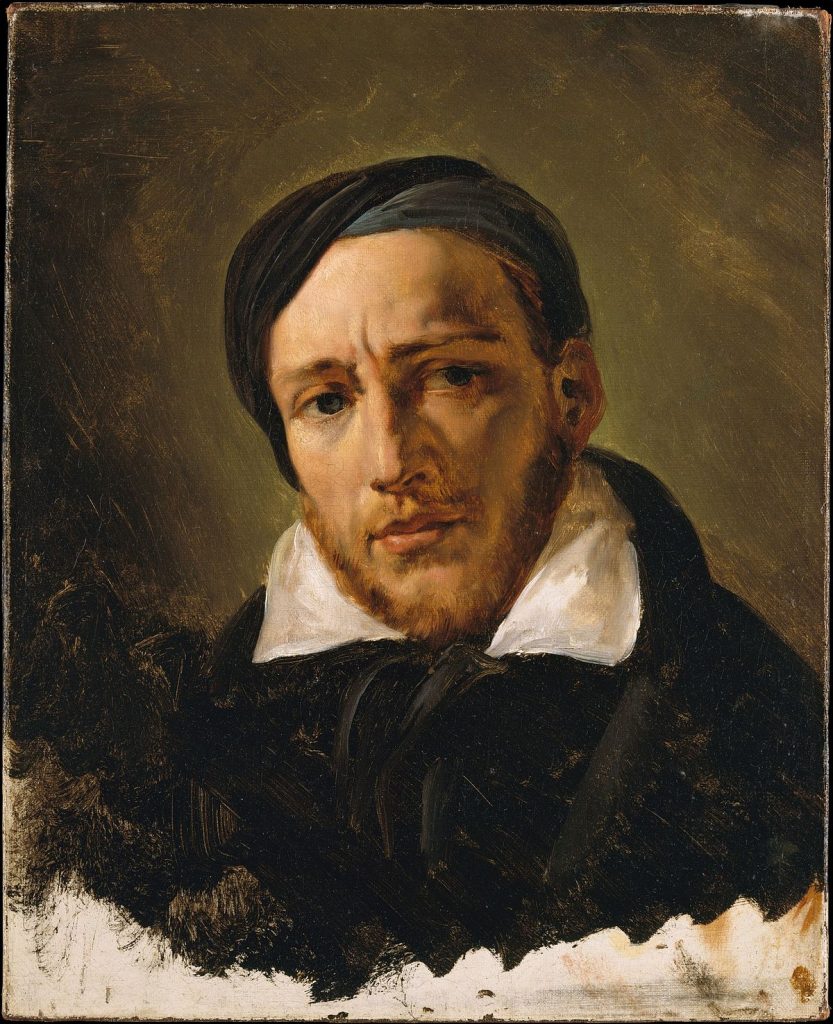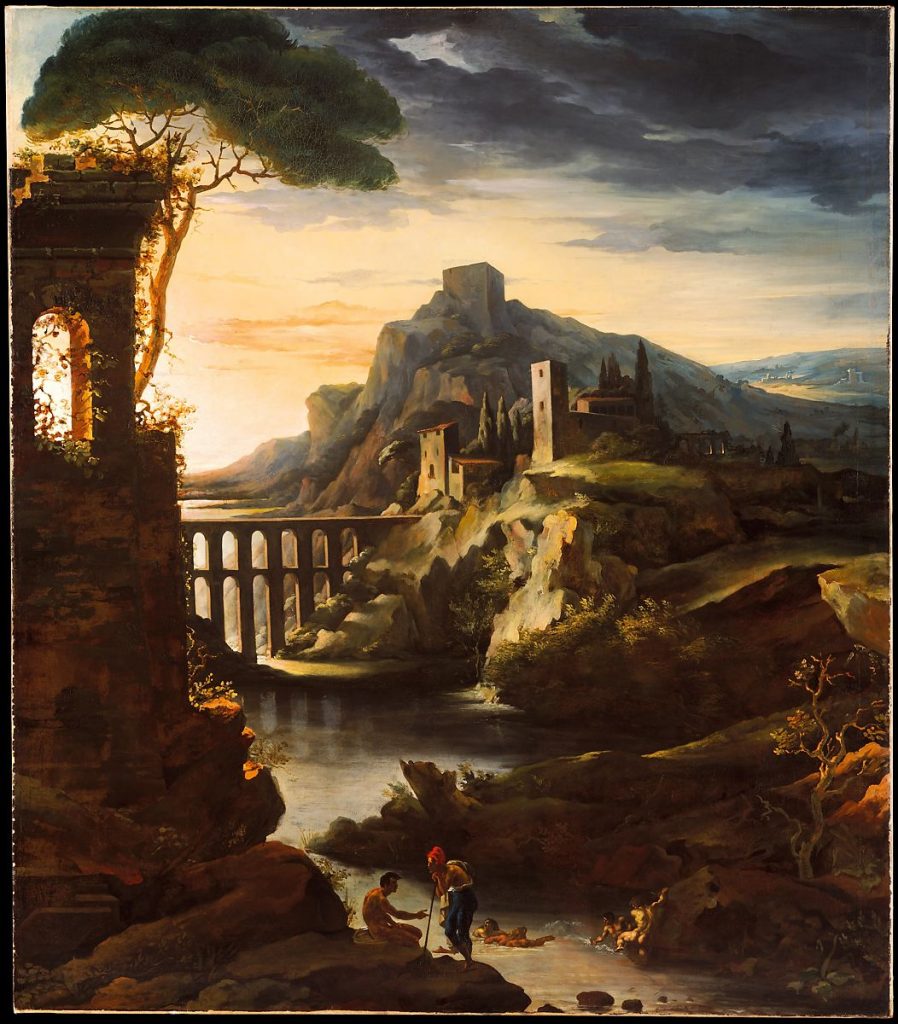
Who was he?
His full name was Jean-Louis-André-Théodore Géricault. He was a French painter that influenced the Romanticism movement while being exposed to Neoclassical styles. His main source of inspiration came from the military which also sparked his interest in horses; his admiration for the military is what later led him to join the royal guard to protect Louis XVII when Napoleon resurfaced from exile.
Born on September 26th, 1791, he went on a journey to pursue painting despite facing disapproval from his father. He later came to be famously known for his detailed renders of figures and portraits. His skillful renditions were compared to that of greek statues, as many think that he would’ve been a great sculpture if not for his early death at the age of 32.
Where did he spend his life?
He was born in Rouen but moved to Paris when he was five. He then stayed in Paris for most of his life, but traversed Italy and Britain, where his work was recognized and achieved moderate success, specifically for the public tour of the Raft of Medusa.

What did he do?
He painted many scenes and portraits, many of them depicting the heroism of battle or disastrous events that occurred; his most famous example being “The Raft of the Medusa.” He also made a series of severed limbs and portraits of guillotined heads to prepare for Medusa.
He was mainly known for his intensely real depictions of people but he also created beautiful landscapes later on in his life; this was when he began to use color and composition to convey his emotions which added more depth to his work.

How was France during that time?
France was in a period of un-rest; the French revolution’s bloodshed was still fresh in the streets of Paris. Napoleon’s strict rule only began to collapse later on in Garicault’s life; he lived through its revival as well. French nationalism peaked and then began to dwindle later on as Napoleon’s reign started to burn out. It was a time where heroism and honor influenced the people greatly through propaganda, which is what led to Gericault’s obsessions with the military as mentioned prior.

Personal Thoughts
While researching him, I was very intrigued with how he came to grow as an artist and how his surrounding might’ve effected that. His obsession with the military stemmed from the presence of the French army at the time (despite escaping service because of his father), as well as his first art master: Carle Vernet.
His devotion to painting only grew as his life went on, even though he faced countless rejections and failures in his short life time. His style began to mature emotionally near the end of his life, as he became more in tune with his feelings and tried to incorporate them into his work.
His renditions of portraits are remarkable, more so in how they can be so expressive. I found that inspiring, the most subtle of brush strokes contributed to a variety of expressions and I aim to incorporate a similar feeling within my own work.
Sources:
https://www.nga.gov/collection/artist-info.1334.html
https://www.theartstory.org/artist/gericault-theodore/artworks/
November 4, 2020 at 7:25 pm
Tara,
Excellent work on Gericault! Good research and information combined with your own personal feelings and insights into his life and work. An interesting note that initially in The Raft of the Medusa, he had the distant ship they are hailing much closer to the raft. He later changed it to be a tiny speck on the horizon to heighten the drama and hopelessness of being rescued. Anyhow your post here is just what I’m looking for so keep it up.
Jeff
November 10, 2020 at 10:50 pm
Tara
I’m getting in touch with everyone today to give them their real marks for the mid term quiz. You scored a 30/50 which translates to a C-.
Jeff
November 18, 2020 at 5:54 pm
Tara,
Where is your blog post #3? Can’t find it anywhere on your site. This is well over a week overdue so better get this in asap.
Jeff